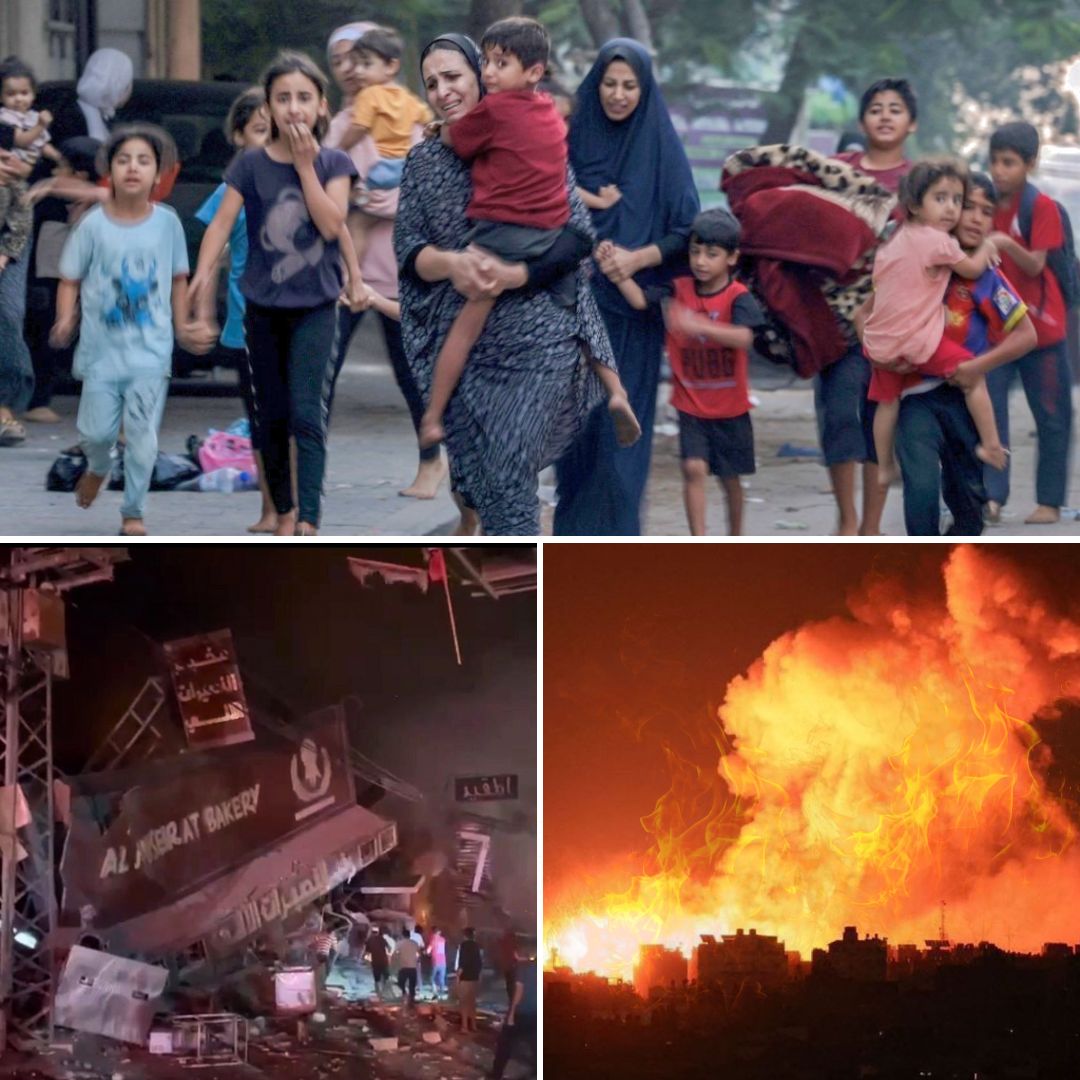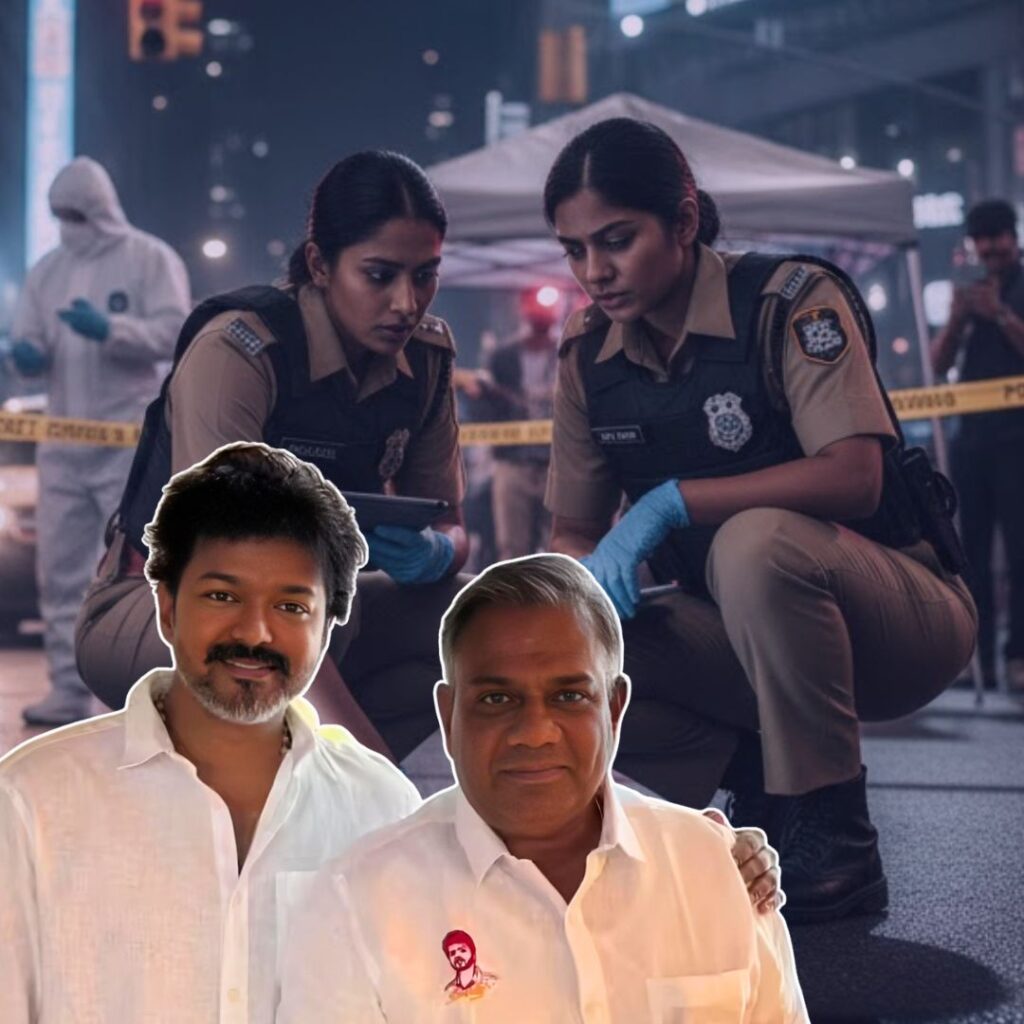On the night of October 28, 2025, Israeli Prime Minister Benjamin Netanyahu ordered immediate and potent military strikes across the Gaza Strip, citing breaches of a ceasefire agreement recently established under US mediation. The latest offensive came in response to what Israel described as a series of provocations by Hamas, including an attack on Israeli forces in Rafah and the mishandling of hostage remains.
According to Gaza’s Hamas-run Civil Defence agency, at least 33 Palestinians, including women and children, were killed in the airstrikes. Despite these developments, the US and other international actors continue to call for restraint to prevent a larger-scale conflict.
A Night of Explosions and Military Clashes
Eyewitnesses across Gaza reported explosions lighting up the skyline and continuous tank shelling, especially in Gaza City and southern enclaves like Khan Younis and Rafah. Israeli forces targeted sites linked to militant infrastructure, including residential areas and near Gaza’s largest hospital, Al-Shifa, causing severe damage and multiple casualties.
Palestinian sources report that in some areas, airstrikes hit civilian homes and a vehicle on al-Qam street, deepening the humanitarian tragedy.
Netanyahu’s office stated the strikes were a direct response to a “clear breach” of the ceasefire agreement, following an attack on Israeli troops stationed east of the so-called “Yellow Line” dividing Israeli-controlled and Hamas-controlled areas within Gaza.
Defence Minister Israel Katz warned that Hamas would “pay dearly” for these violations and for failing to return the bodies of deceased hostages, part of the ceasefire deal obligations.
Hamas condemned the Israeli strikes, denying any involvement in the attacks on Israeli soldiers and accusing Israel of steadfastly violating the ceasefire terms. The militant group suspended plans to hand over more hostage remains after the escalation, further complicating negotiations.
The Ceasefire’s Fragile Foundations and Breach
The current ceasefire was brokered less than three weeks ago under the auspices of the US, Egypt, Qatar, and Turkey, implementing the first phase of a 20-point peace initiative promoted by then-US President Donald Trump. Key components included the phased release of hostages by Hamas and the return of bodies of deceased captives. Twenty living hostages were released earlier in October in exchange for hundreds of Palestinian prisoners, while the remains of 13 deceased hostages remain held by Hamas.
Tensions intensified when Hamas returned a set of hostage remains earlier claimed by Israel to have been recovered years before, which Israel described as a staged act violating the ceasefire terms. Israeli officials disclosed they have identified the locations of most, if not all, hostage remains and accused Hamas of delaying and manipulating their release for political gain.
Hamas officials expressed frustration with ongoing Israeli military actions, highlighting Israeli alterations of Gaza’s terrain and operational advances as obstacles to their efforts. The situation deteriorated further after an attack on Israeli soldiers in Rafah, which Hamas denied orchestrating, but which triggered the recent military strikes. Netanyahu is reported to be consulting US officials on expanding Israeli military control within Gaza, signaling a possible wider escalation.
Humanitarian Impact and International Response
The renewed military action has intensified an already dire humanitarian crisis in Gaza, where restrictions on aid and essentials like food, fuel, and medical supplies persist. Hospitals, including Al-Shifa, struggle to treat the wounded amid ongoing bombardments, and civil defence teams race to rescue civilians trapped under rubble.
The United States and other international partners emphasize the importance of maintaining the ceasefire despite skirmishes. US Vice President JD Vance remarked that minor clashes are “expected” but expressed hope that the truce “will endure.” Nonetheless, the situation remains precarious, with human rights organisations condemning the strikes as collective punishment and calling for protection of civilians.
Meanwhile, regional mediators including Egypt and Qatar are reportedly intensifying diplomatic efforts to restore calm and resume hostage negotiations. The fragile ceasefire’s collapse risks not only further loss of life but also destabilising the broader Middle East region.
The Logical Indian’s Perspective
The cycle of violence between Israel and Gaza civilians holds profound human costs that no political or military objective can justify. The Logical Indian stands firmly with the voices urging peace, dialogue, empathy, and coexistence.
While Israeli security concerns must be acknowledged, it is equally critical to uphold the dignity and lives of Palestinian civilians caught in the crossfire.
The recent escalation underscores the urgent need for renewed, sincere diplomacy that resists retaliation and prioritises humanitarian relief alongside political solutions.
Steps towards sustainable peace must centre on trust-building, accountability, and mutual recognition of shared humanity.
News In Question
- What prompted Israel’s military strikes on Gaza on October 28, 2025?
The strikes were ordered by Prime Minister Netanyahu in response to Hamas’s alleged attack on Israeli soldiers in Rafah and delays in returning hostage remains, which Israel deemed violations of the ceasefire agreement established earlier in October under US mediation. - How severe were the consequences of these airstrikes in Gaza?
At least 33 Palestinians, including women and children, were killed in the airstrikes. The bombings targeted residential neighborhoods and areas near Gaza’s main hospital, Al-Shifa, causing significant civilian casualties and infrastructural damage. - How does this fit into the broader context of the Israel-Gaza war?
This flare-up is part of the ongoing war that began with Hamas’s large-scale surprise attack on Israel in October 2023, which ignited over two years of heavy conflict with repeated ceasefire attempts. Despite peace efforts, hostilities continue due to deep-rooted tensions and failed agreements, including disputes over hostages. - What has been Hamas’s response to the Israeli strikes and accusations?
Hamas denied involvement in the attack on Israeli troops and criticised Israel for violating the ceasefire with its strikes, suspending the return of hostage bodies as a protest. They accused Israel of escalating violence amid fragile negotiations. - What is the international reaction to the recent escalation?
The US and other global actors called for calm and restraint to prevent the conflict from escalating further. US officials acknowledged Israel’s right to respond to attacks but underscored the need for continued dialogue within the ceasefire framework to protect civilians and restore stability.












